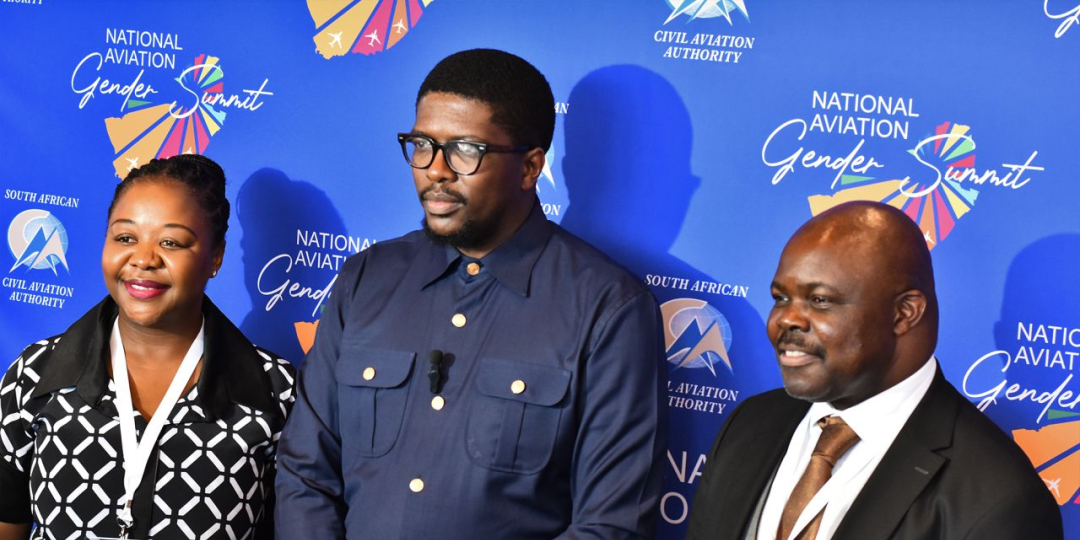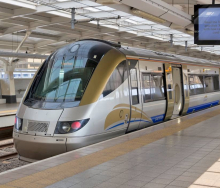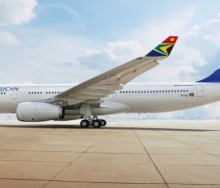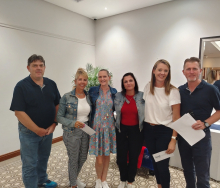The South African Civil Aviation Authority’s (SACAA) ambitious goals for gender representation in the aviation industry will not be easily achieved, say industry leaders.
Aviation experts gathered to discuss the progress and barriers to entry for women in the aviation industry at the National Aviation Gender Summit held in Durban under the auspices of the CAA.
Poppy Khoza, Director of the CAA, reiterated the SACAA’s commitment to achieving 50/50 gender representation in the aviation sector by 2030.
Deputy Minister of Transport Mkhuleko Hlengwa said that this can only be accomplished through commitment to achieving objectives and strategic planning. The sector continues to be male-dominated, despite progress having been made.
“In South Africa, out of the 25 830 licensed personnel at the end of July 2024, only 5 067 are female. This includes pilots, engineers, air traffic officers and cabin crew. Of course, we must celebrate this improvement, [of] almost 20% of women occupying technical roles in the industry,” he said.
Board of Airline Representatives in South Africa, (BARSA) Project Manager, Sara Bruce, agreed with Hlengwa. In her address, she said countries including South Africa and India are making notable progress in gender representation in aviation, with 10% of South African pilots being women.
However, these statistics lag behind the 50/50 goal and challenges remain. In South Africa, a country with a significant unemployment rate, this disproportionately affects women and young people.
Bruce said that cultural norms, limited mentorship, lack of awareness and industry biases are hindering women’s progress in aviation. “Addressing these barriers requires cultural shifts, policy changes, mentorship programmes and promoting STEM education,” she said. Bruce issued a call to action for concrete solutions to be developed.
Hlengwa revealed that 60% of women in Africa are working in the informal sector. “That’s more than half our continent’s talent pool,” he said.
“At the current rate of progress, it will take 102 years to close the gender gap in Sub-Saharan Africa. This is a statistic that should awaken our fires to act,” he said.
The Deputy Minister acknowledged the work being done by the SACAA, which has dedicated funds and created initiatives to empower women. It is crucial, he said, that these initiatives yield results when implemented operationally, so that the gap between policy and practice can be bridged.














